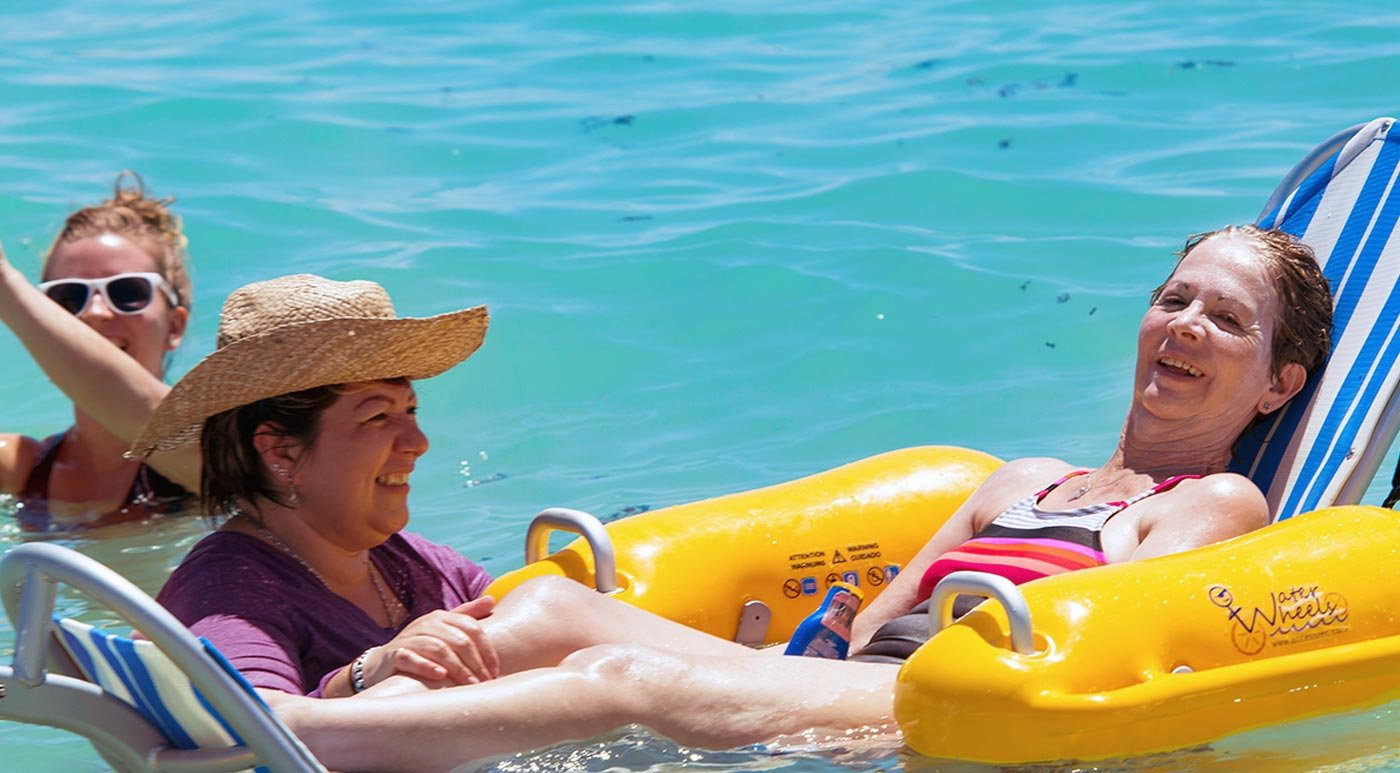Cathy Dos Santos, Urban Impact Lab | February 10, 2021
The pandemic brought us many lessons. It helped us see the vital role accessible parks and open spaces play in keeping us active and healthy, the critical importance of our community networks, and the enduring need we all have for inexpensive and easy-to-access health services. Beyond that, however, COVID-19 highlighted the underlying health inequities that have, for decades, subtly but consistently undermined a vision of health and prosperity within many Miami-Dade communities.
Now, as urban planners and designers, we have to consider: How can we incorporate lessons from the pandemic to help our neighborhoods thrive, especially as we strive to ensure our communities are resilient to future disruptions? What other considerations are critical for the wellbeing of all our neighborhoods?
Over the next few months, we will tackle these questions as we work on revising Miami’s Active Design guidelines, which focus on creating healthier cities through better urban planning and design. In 2018, the Miami Center for Architecture and Design, in partnership with the Florida Department of Health, published Miami’s Active Design guidelines, and encouraged their adoption by cities around Miami-Dade County. Ten cities and Miami-Dade County accepted the challenge.
These guidelines look specifically at ways to make a city healthier by improving:
Parks and open spaces, including ensuring that every resident has access to recreational public spaces within a quarter mile of their home.
Development patterns, such as preserving housing affordability and planning inclusive, mixed-income and intergenerational neighborhoods.
Transit and mobility options, for example, providing comfortable bus stops with benches and protective shelters.
And the buildings themselves, such as maximizing the accessibility and visibility of stairs to encourage physical activity throughout the day.
O,Miami’s Opa-Locka Light District draws more people into the streets. Photo by Gesi Schilling.
Thankfully, in Miami-Dade, we’ve seen several examples develop across these categories. In Opa-Locka, buildings and sidewalks become canvases for poems thanks to the Opa-Locka Light District in partnership with the O, Miami Poetry Festival. The projectors light up the street, too, encouraging more walking in a safe environment while showcasing the work of local residents.
Parks, especially, have expanded their activities in most of Miami-Dade, from monthly “Movies in the Park” at Blakey Park in Homestead, to weight machines at Bucky Dent Park in Hialeah.
During the COVID pandemic, these spaces and the activities became essential resources for not just social gathering and exercise but also as testing and vaccination centers. But recreational open spaces can take many forms.
For example, in Miami Beach the city and county are supporting the Sabrina Cohen Foundation’s efforts to make more spaces accessible to all residents. During “Sabrina’s Adaptive Beach Days,” disabled individuals, veterans, children with special needs, and elderly folks gain access to the beach and waterfront, in addition to a wide range of water activities for recreation and physical wellness.
The Sabrina Cohen Foundation’s Adaptive Beach Days ensure that our coastal public spaces are accessible to all residents. Photo by Sabrina Cohen.
These efforts increase Miami-Dade residents’ physical and mental health while fostering better social health for their communities, all through changes to their built environment.
Now, in 2022, we’re restarting this Active Design initiative, by reframing the guidelines through the lens of health equity, addressing emerging threats, such as climate change, and encouraging more cities to adopt and enact them. Through this process, we’re also taking a deep dive into the social determinants of health which challenges us to consider how economics, environment and quality of life come together to shape our community’s well-being and health outcomes. And of course we’ll continuously be looking at the pandemic, what we’ve learned about keeping cities healthier during COVID, and how we can create new policies to address future pandemics or disruptions.
That’s where you come in.
How do you think cities can use design to keep people healthier in the case of a future pandemic? What policies would you like to see that ensure everyone, regardless of race, gender, sexuality, or economic status, is able to live healthy, thriving lives?
We’d love to know. Drop us a line at info@miamicad.org or comment on our social media posts @activedesignmiami on Instagram.
Cross-posted from activedesignmiami.org




